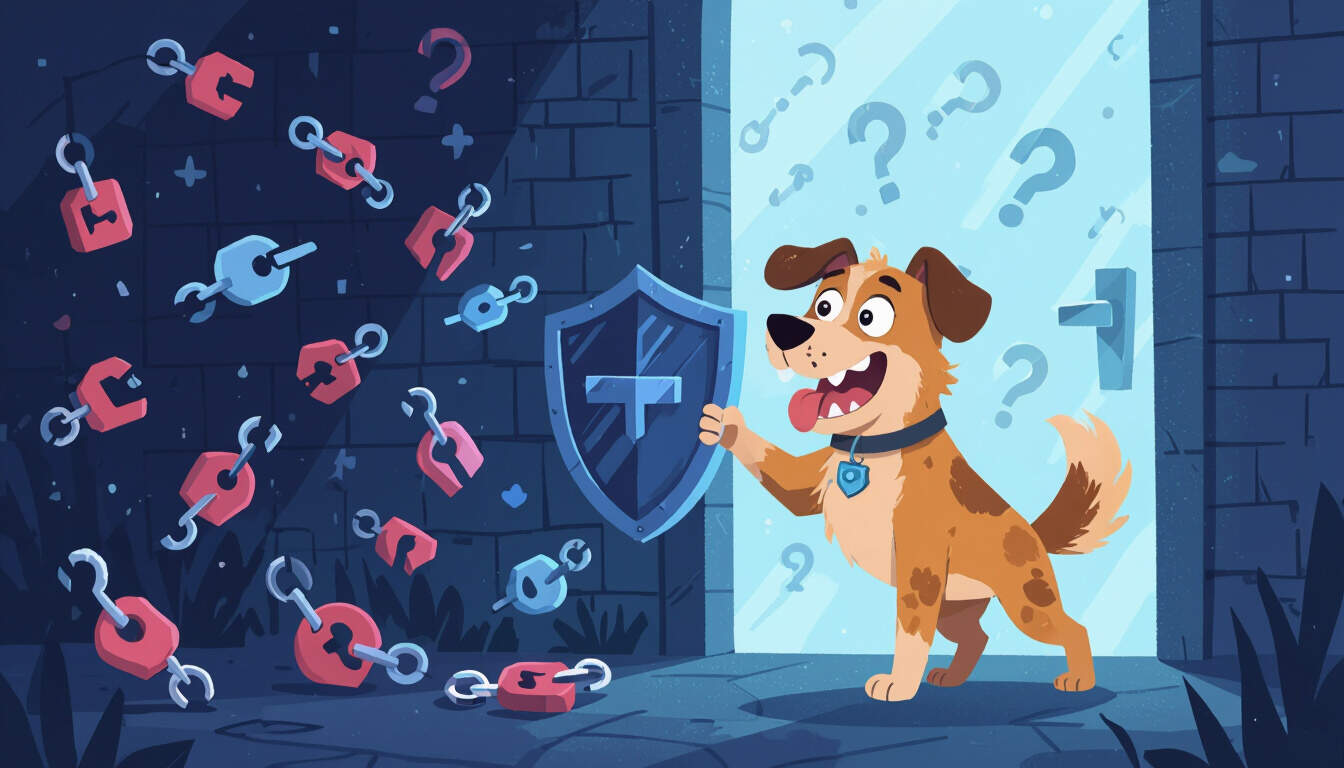Securing Webhooks in Solo SaaS Architectures
 by Thaddeus Blanda
by Thaddeus Blanda
Webhooks are essential for real-time data exchange in solo SaaS applications, but they introduce security risks. This article explores key practices for protecting webhooks, including verification methods and common pitfalls, to help solo developers build safer systems.

Webhooks play a vital role in solo SaaS setups by enabling automated communication between services. For solo entrepreneurs, ensuring webhooks security is essential to protect sensitive data and maintain application integrity.
In solo SaaS development, webhooks allow external services to send data directly to your application. Without proper safeguards, this can expose vulnerabilities. Developers often deal with incoming requests that could be manipulated by attackers. Focusing on security measures helps mitigate these issues.
Key Principles of Webhooks Security
One fundamental aspect is verifying the authenticity of incoming requests. This involves checking signatures or tokens provided by the sender. For instance, many services use HMAC signatures to ensure that the payload has not been altered.
Another important step is implementing rate limiting. By setting limits on how many requests can come from a single source within a given time, you can prevent abuse. This is particularly useful in solo SaaS environments where resources are limited.
Step-by-Step Guide to Implementing Security
First, start with endpoint configuration. Create dedicated endpoints for webhooks and restrict access to them. Use HTTPS to encrypt data in transit, which is a basic yet critical practice.
Next, incorporate validation techniques. Always validate the payload content against expected formats. If a request doesn't match, reject it immediately. This helps in filtering out malformed or malicious inputs.
Consider using secrets for authentication. Generate a shared secret key and include it in the webhook configuration. When a request arrives, verify the secret to confirm it's from a trusted source. For example, if you're integrating with a payment gateway, ensure that webhooks from that gateway are authenticated properly.
Real-World Examples and Best Practices
In practice, a solo developer building a project management tool might use webhooks to update tasks based on external events. If security is overlooked, an attacker could spoof requests and alter task data. To avoid this, always log incoming webhook requests for monitoring. This allows you to review and respond to suspicious activity.
Another example involves e-commerce SaaS applications. Here, webhooks notify your system about order updates. Implementing IP whitelisting can restrict requests to only come from known IP addresses, reducing the risk of unauthorized access.
Tools like webhook validation libraries can simplify these processes. For solo developers, integrating such tools means less time spent on custom code and more on core features.
Common Pitfalls to Avoid
Many beginners forget to handle errors gracefully. If a webhook request fails validation, ensure your application responds appropriately without revealing sensitive information. Additionally, regularly rotate secrets to maintain security over time.
Testing is crucial. Simulate attacks on your webhooks to identify weaknesses. Use tools that mimic real-world scenarios, helping you refine your defenses.
In solo SaaS, where you're often handling everything alone, prioritizing webhooks security can save time and resources in the long run. By adopting these practices, you build more reliable applications.
Advanced Considerations
For those expanding their solo SaaS, consider combining webhooks with other security layers like firewalls or API gateways. This multi-layered approach adds depth to your protections.
Finally, stay informed about updates in security standards. As your application grows, adapting to new threats ensures ongoing safety.
Webhooks remain a cornerstone of efficient solo SaaS architectures, and with focused efforts on security, they can be both powerful and safe tools.
